Focus on Patient-Centric Solutions
The shift towards patient-centric healthcare solutions is influencing the Implantable Pulse Generator Market. Healthcare providers are increasingly prioritizing personalized treatment plans that cater to individual patient needs. This trend is reflected in the design and functionality of implantable pulse generators, which are now being tailored to enhance user experience and satisfaction. For example, devices that allow for patient-controlled settings and real-time feedback are becoming more prevalent. This focus on customization not only improves patient adherence but also enhances clinical outcomes. As the healthcare landscape evolves, the Implantable Pulse Generator Market is likely to adapt, fostering innovations that align with patient preferences and expectations.
Rising Prevalence of Chronic Diseases
The increasing prevalence of chronic diseases is a major driver for the Implantable Pulse Generator Market. Conditions such as heart failure, epilepsy, and chronic pain are on the rise, necessitating effective management solutions. According to recent data, nearly 60% of adults are living with at least one chronic condition, which underscores the urgent need for advanced therapeutic options. Implantable pulse generators offer targeted treatment, improving the quality of life for patients. This growing patient population is likely to propel market demand, as healthcare providers seek reliable and effective solutions. The Implantable Pulse Generator Market is thus positioned to expand significantly, as more patients require these devices for long-term management of their health conditions.
Regulatory Support and Reimbursement Policies
Regulatory support and favorable reimbursement policies are essential drivers for the Implantable Pulse Generator Market. Governments and health authorities are increasingly recognizing the importance of these devices in managing chronic conditions, leading to streamlined approval processes. Additionally, many healthcare systems are implementing reimbursement frameworks that facilitate access to implantable pulse generators. This supportive environment encourages manufacturers to invest in research and development, fostering innovation. As reimbursement policies evolve to cover more advanced therapies, the Implantable Pulse Generator Market is likely to benefit from increased adoption rates. This trend not only enhances patient access to necessary treatments but also stimulates market growth.
Aging Population and Demand for Advanced Therapies
The aging population is a critical factor driving the Implantable Pulse Generator Market. As individuals age, the incidence of age-related health issues, including cardiovascular diseases and neurological disorders, tends to increase. This demographic shift is expected to result in a higher demand for advanced therapeutic options, including implantable pulse generators. By 2030, it is estimated that the number of individuals aged 65 and older will reach 1.4 billion, creating a substantial market opportunity. Healthcare systems are likely to invest in innovative solutions to address the needs of this growing population. Consequently, the Implantable Pulse Generator Market is poised for growth as it responds to the challenges posed by an aging society.
Technological Advancements in Implantable Pulse Generators
The Implantable Pulse Generator Market is experiencing a surge in technological advancements that enhance device functionality and patient outcomes. Innovations such as miniaturization, wireless communication, and improved battery life are transforming the landscape. For instance, the integration of smart technology allows for remote monitoring and adjustments, which can lead to better management of chronic conditions. The market is projected to grow at a compound annual growth rate of approximately 7.5% over the next five years, driven by these advancements. Furthermore, the development of biocompatible materials is likely to improve patient comfort and reduce complications, thereby increasing adoption rates. As technology continues to evolve, the Implantable Pulse Generator Market is expected to witness a significant shift towards more sophisticated and user-friendly devices.


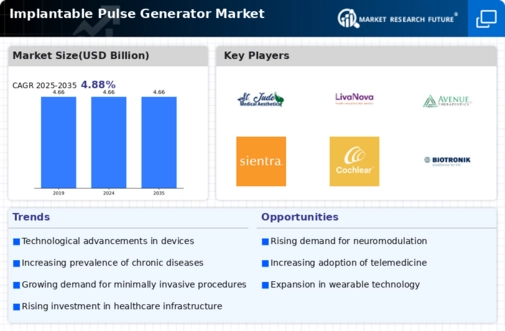
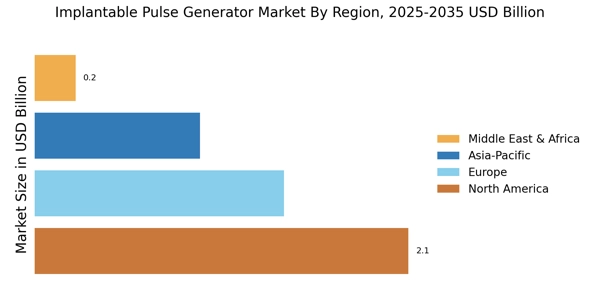
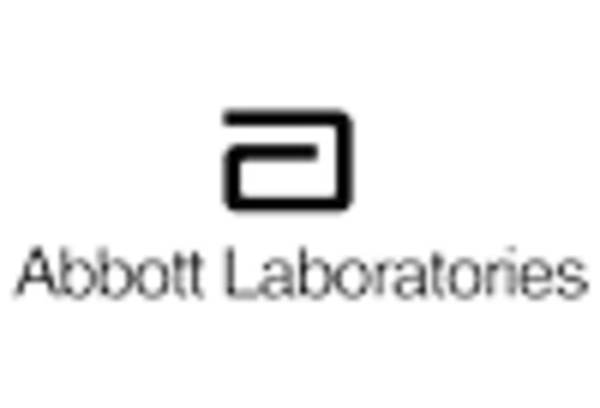
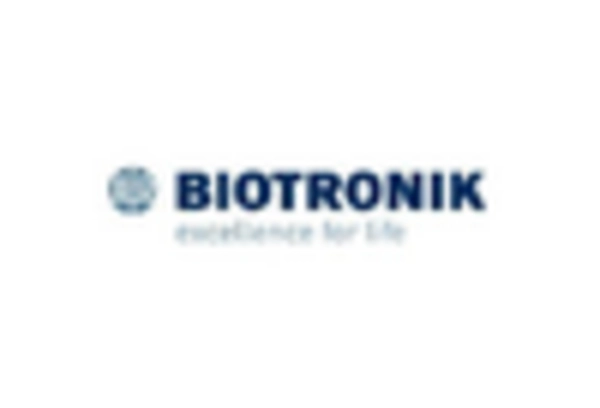


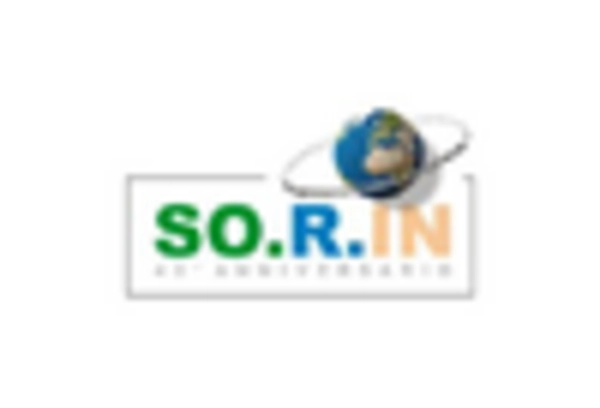









Leave a Comment